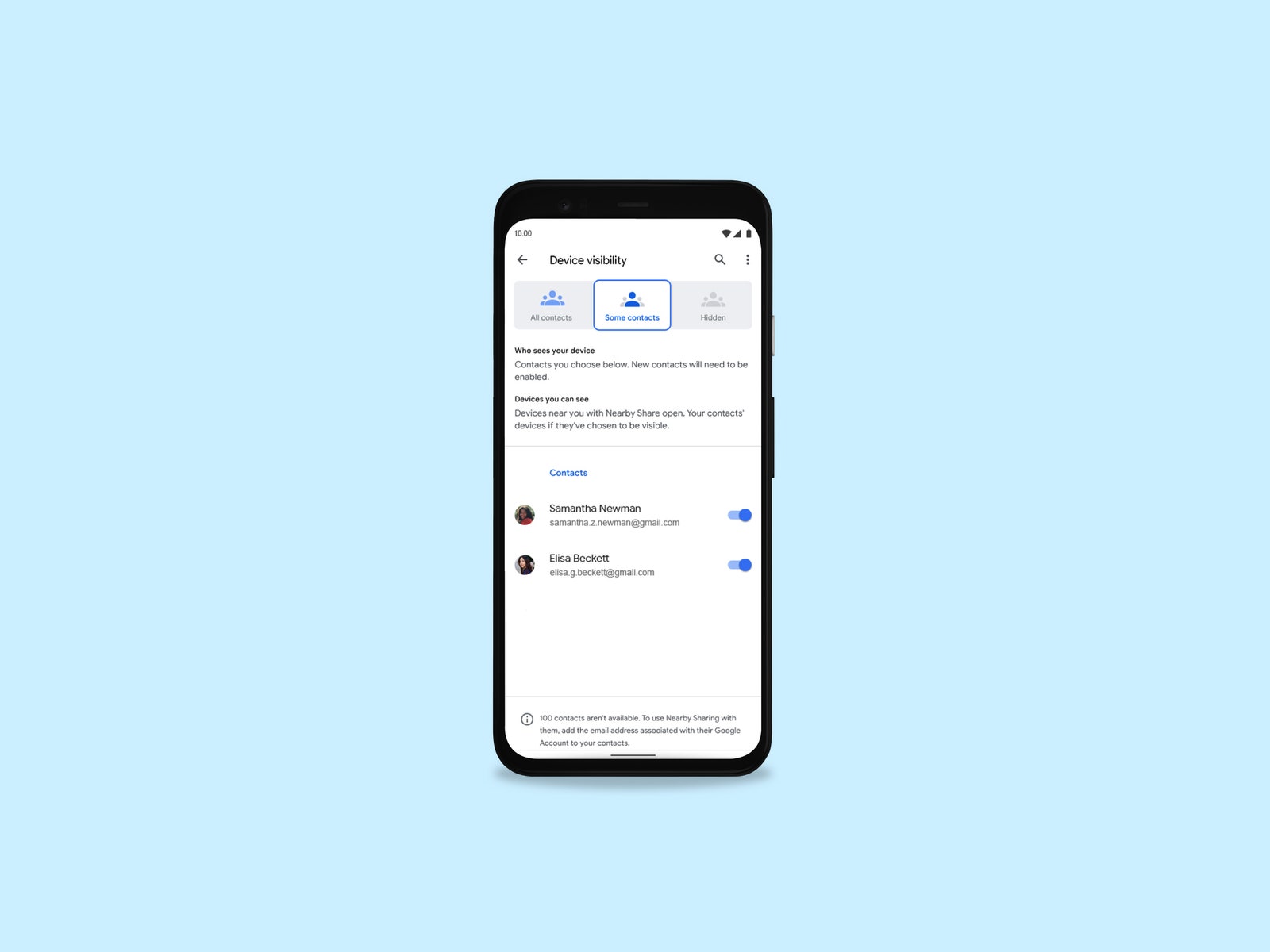
What is Android to iPhone Nearby Share?
Nearby Share, developed by Google, allows users to share files between Android devices. Initially introduced in 2020, it has since been integrated into various Android versions. In 2023, Apple introduced a similar feature called AirDrop for iOS devices. With the latest updates, Android and iOS devices can now use a common protocol called Nearby Share to exchange files.
How Does Android to iPhone Nearby Share Work?
Nearby Share uses Bluetooth Low Energy (BLE) and Wi-Fi Direct to establish a connection between devices. Here’s a step-by-step guide on how to use it:
Enable Nearby Share on Your Android Device
- Open the Settings app on your Android device.
- Scroll down and select "Connected devices" or "Connection preferences."
- Tap on "Nearby Share” and toggle the switch to enable it.
Enable Nearby Share on Your iPhone
- Open the Control Center on your iPhone by swiping down from the top-right corner of the screen (or swiping up from the bottom on older models).
- Tap on the "Share” icon (it looks like a box with an arrow coming out of it).
- Toggle the switch next to “Share” to enable it.
Initiate a Share
- On your Android device, open the file you want to share (such as a document, image, or video).
- Tap on the share icon (usually represented by a small arrow or a box with an arrow coming out of it).
- Select “Nearby Share” from the list of available sharing options.
Receive the Share on Your iPhone
- On your iPhone, you will receive a notification asking if you want to accept the file transfer.
- Tap on “Accept” to receive the file.
Confirm Transfer
- Once you accept the transfer on your iPhone, you will be prompted to confirm that you want to receive the file.
- Tap on “Accept” again to complete the transfer.
Benefits of Using Android to iPhone Nearby Share
Seamless File Transfer
Nearby Share eliminates the need for complicated setup processes or third-party apps, making file transfers easy.
Cross-Platform Compatibility
Unlike many other sharing methods limited to specific operating systems, Nearby Share allows users to share files between Android and iOS devices seamlessly.
No Internet Required
Nearby Share works offline, making it ideal for situations where internet access is not available.
Security
Nearby Share uses end-to-end encryption to ensure that your files are secure during transfer. Only you and the recipient can access the shared content.
Convenience
This feature allows users to share files quickly and easily without needing to physically connect their devices or use cables.
Troubleshooting Tips
While Nearby Share is generally reliable, there may be instances where it doesn’t work as expected. Here are some troubleshooting tips:
Ensure Both Devices are Connected to the Same Wi-Fi Network
Although Nearby Share works offline, having both devices connected to the same Wi-Fi network can improve connection stability.
Check Bluetooth Settings
Make sure Bluetooth is enabled on both devices and that they are in range of each other.
Restart Devices
Sometimes, simply restarting both devices can resolve connectivity issues.
Update Software
Ensure both devices have the latest software updates installed. Updates often include bug fixes and improvements that can enhance Nearby Share's functionality.
Disable Other Sharing Protocols
If other sharing protocols (like Bluetooth or AirDrop) are enabled, try disabling them temporarily to see if they interfere with Nearby Share.
Check for Interference
Other devices or objects in the vicinity might interfere with the Bluetooth signal. Try moving to a more open area or turning off nearby devices.
Reset Nearby Share Settings
If all else fails, try resetting the Nearby Share settings on both devices by going to Settings > Connected devices > Nearby Share and toggling it off and then back on again.
Additional Tips
Sharing Multiple Files
You can share multiple files at once by selecting them all before initiating the share process.
Sharing Large Files
While Nearby Share is designed for smaller files, it can handle larger files as well. However, the transfer speed might be slower for larger files.
Sharing with Multiple Devices
If you want to share a file with multiple devices simultaneously, you can do so by accepting the transfer on multiple devices when prompted.
By mastering the art of using Android to iPhone Nearby Share, you’ll be able to enhance productivity and make file sharing a breeze across different platforms. Next time you need to transfer files between your Android and iPhone devices, give Nearby Share a try and experience the convenience it offers.
